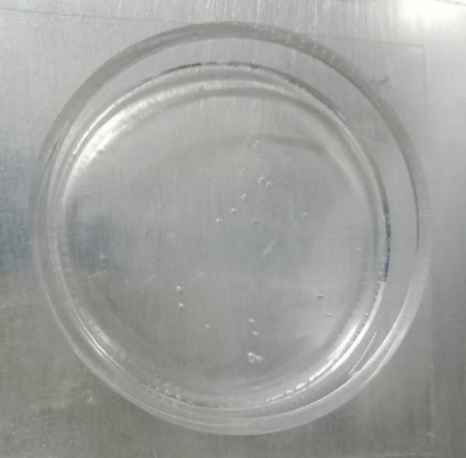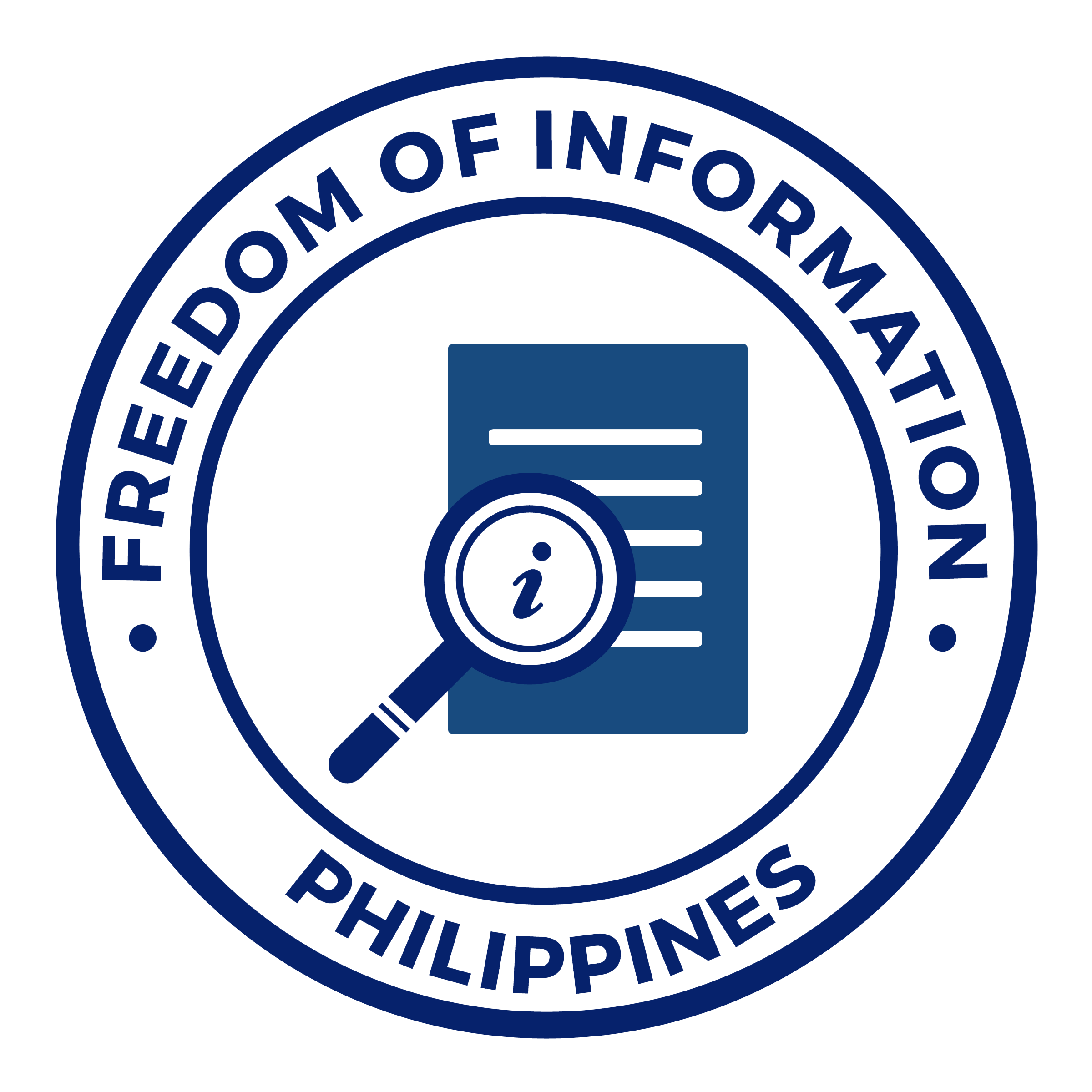HeaRTNovation
SimPatch: A Matrix-Type Simvastatin Transdermal Patch
Technology Generator
University of the Philippines Manila
Project leader: Dr. Bryan Paul Bulatao
The Problem
Hypercholesterolemia is a condition where plasma cholesterol levels are abnormally high. This is a major risk factor in the formation of atherosclerotic plaques. These are the fatty deposits in blood vessels that restrict blood flow, which, if not prevented, may eventually lead to heart disease.
Currently, intake of oral antilipidemic drugs is the treatment for this condition. These antilipidemic drugs, however, have certain disadvantages, such as gastrointestinal concerns and poor absorption due to hepatic first-pass metabolism, which necessitates multiple injections to achieve the target plasma concentrations, and may then cause skin irritation and allergic reaction at the injection site. These can also potentially cause undesirable side effects in the long run. As the prevalence of hypercholesterolemia in the Philippines continues to rise, new methods of administering these drugs effectively and without the risk of unwanted side effects is necessary.
The Solution
 Under the UP Surgical Innovation and Biotechnology Laboratory (UP SIBOL) program, a research team led by Dr. Bryan Paul Bulatao of the University of the Philippines Manila – College of Pharmacy formulated and developed a technology called Simvastatin Transdermal Matrix Patch, or SimPatch. This product was generated under a research project funded by the Philippine Council for Health Research and Development (PCHRD).
Under the UP Surgical Innovation and Biotechnology Laboratory (UP SIBOL) program, a research team led by Dr. Bryan Paul Bulatao of the University of the Philippines Manila – College of Pharmacy formulated and developed a technology called Simvastatin Transdermal Matrix Patch, or SimPatch. This product was generated under a research project funded by the Philippine Council for Health Research and Development (PCHRD).
SimPatch is a transdermal matrix-based and painless drug delivery system. As the name suggests, this is a transdermal matrix patch that contains a drug (i.e. simvastatin) that is dissolved in an inert polymer matrix or reservoir. The patch is then applied onto the skin and produces a concentration gradient that allows the drug to pass through the skin and move into the bloodstream until it reaches the specific site of action.
Unlike traditional routes of drug administration, SimPatch offers the following advantages: (1) ease of administration, (2) controlled release of drug at the specific site of action, (3) elimination of hepatic first-pass metabolism, and (4) prevention of undesirable side effects caused by other routes of administration (i.e. gastrointestinal concerns usually observed from drugs administered orally).
Product Development Stage
Through PCHRD’s IPROTECH Program and DOST’s Science and Technology (SCITECH) Superhighway Program, a patent application for the technology has already been filed in IPOPHL. Currently, SimPatch is at Technology Readiness Level (TRL) 3. Laboratory tests have been completed to ensure efficacy and safety of the product. The technology will undergo small scale prototyping. UP Manila is open for licensing negotiations with interested technology adopters.
Contact Person
Dr. Lourdes Marie S. Tejero
Director, UP Manila-Technology Transfer and Business Development Office
upm-ttbdo@up.edu.ph




